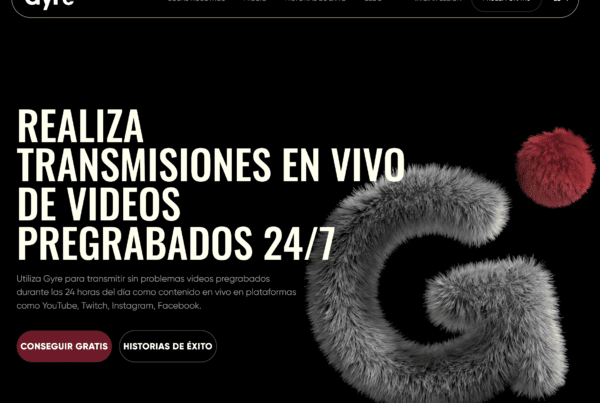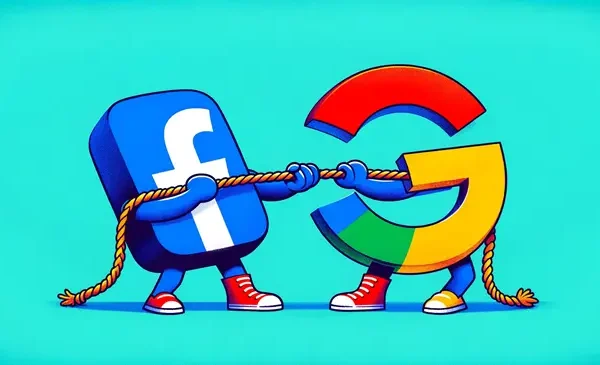The word "guerrilla" seems very intense. It conjures up images of rebellion and conflict. Let's put it next to the word "marketing," and it makes a lot of people ask, "Huh?"
The guerrilla marketing no es una forma de comunicación combativa. Después de todo, eso sería muy perjudicial, lo que vulnera la metodología de entrada. De hecho, en realidad es una forma muy poco convencional de inbound marketing, ya que crea conciencia de marca entre grandes audiencias, sin interrumpirlos .
However, because it is so unconventional, it is not the easiest concept to explain. Guerrilla marketing is often best understood when you look at it.
We will start with some basics about its origin and how it works, followed by a review of how it has been carried out successfully.
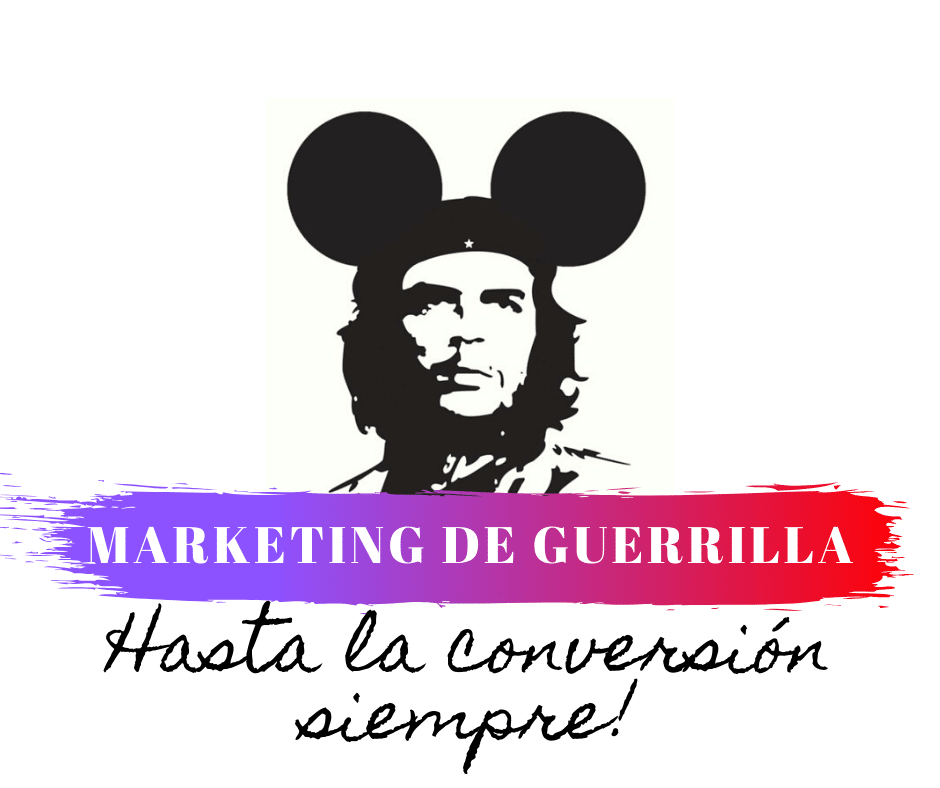
What is guerilla marketing?
Roots of war
When we hear the term "guerrilla marketing," it is hard not to think of the guerrilla warfare, which makes sense, since that's where this style of marketing got its name. In the context of war, guerrilla tactics are highly dependent on the surprise element. Think: "Ambushes, sabotage, raids."
But how does that translate into the work we do every day? In marketing, guerrilla techniques mainly play on the element of surprise. It is proposed to create highly unconventional campaigns que atrapen a las persons inesperadamente en el curso de sus rutinas diarias. Veremos algunos ejemplos a continuación.
The term itself was created in the early 1980s by the late business writer Jay Conrad Levinson, who wrote several books on guerilla tactics in various professional areas. Of course, at the time, marketing in general seemed very different, and although guerrilla marketing is still used today, the ever-growing digital landscape is changing what it seems. >>>See Social Media Advertising
Economic
What marketers / marketers really enjoy about guerrilla marketing is its nature of low cost. The real investment here is creative and intellectual; Nevertheless, its implementation does not have to be expensive. It is an investment of time, but not of money, per se.
In a way guerrilla marketing works by reusing your audience's current environment. Think and find out which segments can be reused to include your brand.
Types of guerilla marketing
As special as it may sound, there are actually a few subcategories of guerilla marketing:
- Outdoor guerilla marketing. Add something to pre-existing urban settings, like putting something removable on a statue or placing temporary artwork on sidewalks and streets.
- Indoor guerilla marketing. Similar to outdoor guerrilla marketing, it only takes place indoors like train stations, shops, and college campus buildings.
- Event Emboscada Guerrilla Marketing. Leveraging the audience of an event in progress, such as a concert or sports game, to promote a product or service in a remarkable way, usually without the permission of the event sponsors.
- Experiential guerilla marketing. All of the above, but executed in a way that requires the public to interact with the brand.
We know that without context the whole idea of guerilla marketing can be a bit confusing, so let's see how it's been executed by a few other brands.
Guerrilla Marketing Examples to Inspire Your Brand
Generosity
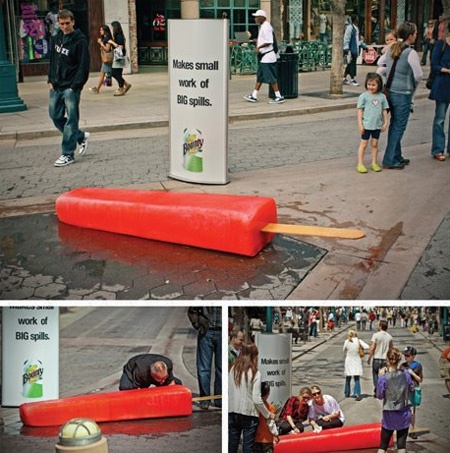
The Bounty brand of paper towels. By installing life-size "clutter" on the streets of New York, he found a unique way to advertise his product and the solution it provides, with minimal words.
We can ask ourselves, "Couldn't a concise billboard ad accomplish the same thing?" Well not really. Culturally, we are beginning to opt for all possible ways to eradicate advertisements from our lives.. This campaign, unlike an ad, is not so easy to ignore. After all, if you came across a melted pallet the size of your mattress on your way to work, would you stop and look? Sure we would.
The Big Bottom Line: Identify the biggest problem your product or service solves. Then find an unconventional way to convey that to the audience, preferably without words.
The Big Bottom Line: Think about the things your audience might go through every day and have those things do something unexpected and interactive.
Frontline
The image alone, in itself, is itchy. This is because Frontline, the makers of flea and tick prevention products for dogs, were able to fill the entire floor of this large public space with this image. The brand knew that many people walk through that space every day, and that a good number of people would also see it from the upper levels of the building, creating the illusion of dogs and insects. It's hard to miss it and not look twice.
Again, this campaign is different from traditional marketing, because it's not about putting a single message somewhere that is likely to be ignored. Creates a form of accidental human interaction that reminds the viewer of what the product does. This creates a link.
The Big Bottom Line: Find out how people might inadvertently engage with your marketing messages. While your product or service may not address the problem of, for example, removing insects, there are ways to get people to be a part of the campaign.

Unicef
That is why this guerrilla marketing campaign by the aid organization UNICEF resonated. He posed the question, "What if those water bottles you waste money on get filled with dirty water?" It was a way of reminding the privileged masses that in too many parts of the world, entire populations do not have access to clean water.
So instead of frivolously spending that money on bottled water, UNICEF suggested putting it into efforts to bring clean water to these areas. He did this by creating makeshift vending machines that sold dirty bottled water, with each button labeled a disease caused by a lack of clean drinking water.
The Big Bottom Line: Guerrilla marketing works in the nonprofit sector too. And while scary and sad images are often a powerful way to communicate your mission, there is a way to convey it by creating something less direct and interactive for your audience.
Goldentoe
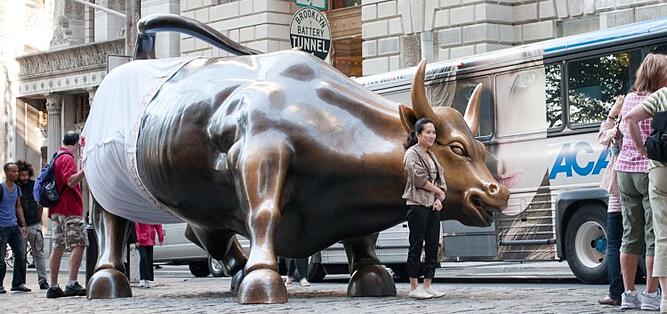
Es tan simple, en teoría, que suena a ficción. Pero cuando la marca GoldToe necesitaba una forma de provocar y promocionar el lanzamiento de su nueva ropa interior, eso fue exactamente lo que hizo: colocó casualmente estas nuevas prendas en estatuas/monumentos en toda Nueva York. Esperemos que esos calzoncillos del tamaño de un toro se hayan hecho con tela de fabricación sobrante, lo que ayuda a que esta campaña be aún más amigable con el presupuesto.
The big conclusion: don't overthink it. Sometimes what seems like the dumbest idea can be the best.
Guerrillas in the wild
Is it starting to make a little more sense?
Cuando nos propusimos escribir esta publicación, nos decepcionó solo un elemento: prácticamente no encontramos ejemplos B2B. Eso no significa que sea imposible dentro de ese sector. Solo requiere creatividad extra.
Guerrilla marketing on social media
Route digital is the ideal platform to carry out Guerrilla Marketing actions:
- Connection between offline and digital
- Wide and growing penetration of the Internet and Social Networks
- Possibility of segmenting and reaching a qualified audience
- Possibility of interaction with the public
- Low cost communication and in any case cheaper
- Great potential for stocks to go viral
- Measurement of results with precision and immediacy
Hopefully, you will be able to draw inspiration from these examples, especially if you are promoting a smaller brand. Remember: catch people where they are and insert your brand there. Don't interrupt, but invite them to participate.


